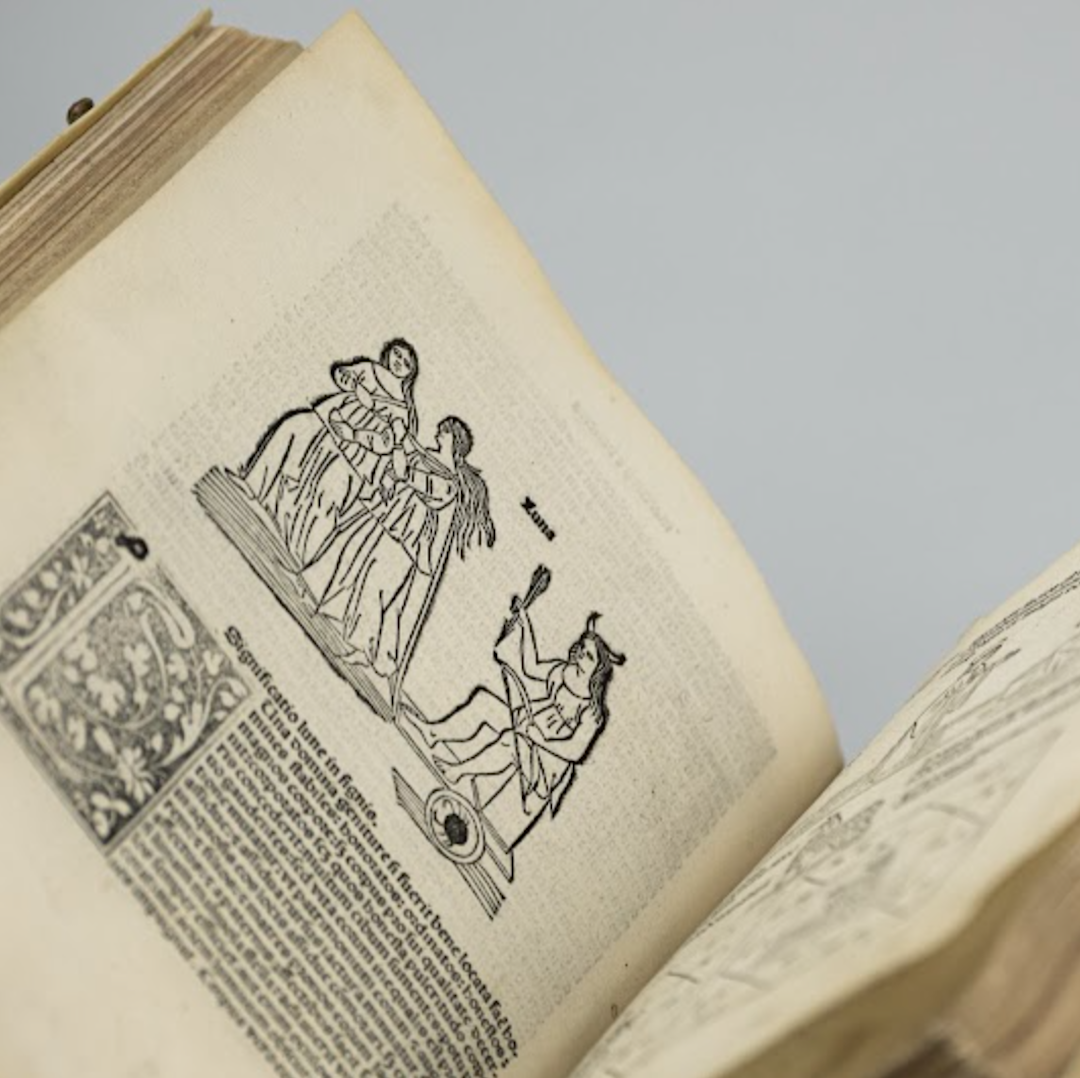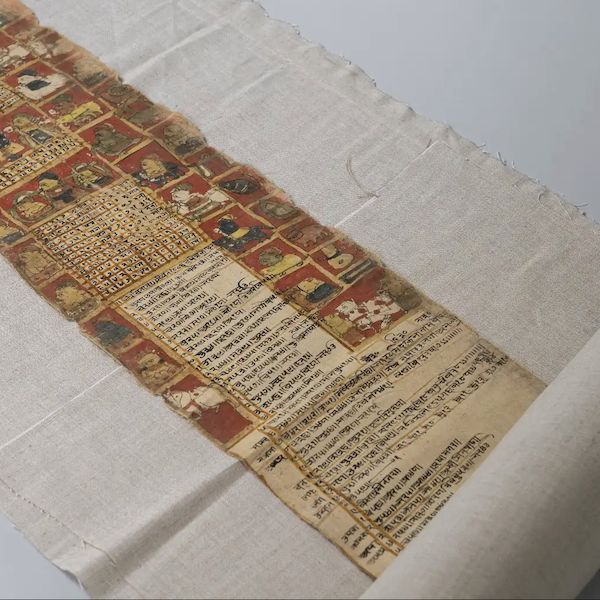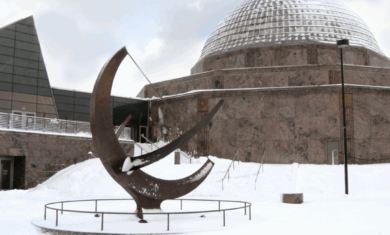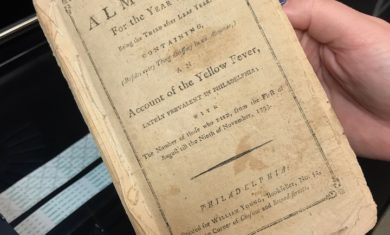Adler Planetarium Announces Opening of Stars Aligned

Header Image: Astrolabium Planum, a book from 1494, features a collection of illustrations corresponding to each degree of the zodiac. Image Credit: Josh Castleberry
On Friday, October 31, the Adler Planetarium’s newest temporary exhibition called Stars Aligned: Tracing the History of Astronomy and Astrology will open to the public. Exploring the connected histories of astronomy and astrology in the early modern period (c.1500-1800), this exhibit will help you understand how people of the past made sense of the world around them.
These two disciplines were once the same practice, but over time, astronomy and astrology took different paths, though tied to a similar purpose, a longing to understand our place in the universe.
Stars Aligned: Tracing The History Of Astronomy And Astrology
Draw back the curtains and get a glimpse into the popularity and practice of astrology in the early modern period through historic instruments and books, helping you piece together how these two disciplines, once intertwined, began to shift. Astronomy, as the mathematical study and charting of celestial bodies, laid the groundwork for scientific discovery. Astrology interpreted those same movements as signs, shaping how people thought about time and fate, and how they used the stars to navigate daily life.
“One of the core missions of the Adler has always been to tell the history of astronomy, to help us understand how where we came from impacts how we study the stars today. Astrology is a crucial part of that history, and it’s so exciting to be able to unpack that story with some of our most unusual and special artifacts,” says Dr. Katie Boyce-Jacino, curator and director of collections at the Adler.
“Approaching the history of astronomy from this angle gives us access to stories and lived experiences that we might not otherwise see. It’s a very human story, of people trying to make sense of the world around them, just like we do today!”

Image Caption: This object is a Northern Indian scroll from 1769 is an astrological calendar for the year, also known as a Hindu Almanac, or Panchānga. Image Credit: Josh Castleberry
Entering the exhibit will feel like entering an astrologer’s home or place of practice from the period, featuring both rarely seen collection pieces and new acquisitions that help tell the history of astrology.
Some featured items include a medical astrology book from the 1600s, a northern Indian scroll and astrological calendar from 1769, a book of zodiac illustrations that dates back to 1494, and the Banneker Almanac from African-American naturalist Benjamin Banneker that offers guidance on topics like planting, astrology, and civic engagement from the year 1795.
A Peek Into The New Exhibit
Before astrology apps, people used panchāngas to plan their lives. Dr. Katie Boyce-Jacino, curator and director of collections, explains how early-modern astrologers used panchāngas, or almanacs, to help people find the perfect day for an event in 18th-century Rajasthan, India.
This beautiful and well-preserved example of a 1769 panchānga is on display in our new exhibit, Stars Aligned.
Learn more about the new exhibit or buy tickets to be among the first to see this temporary exhibition, included with all ticket packages.







